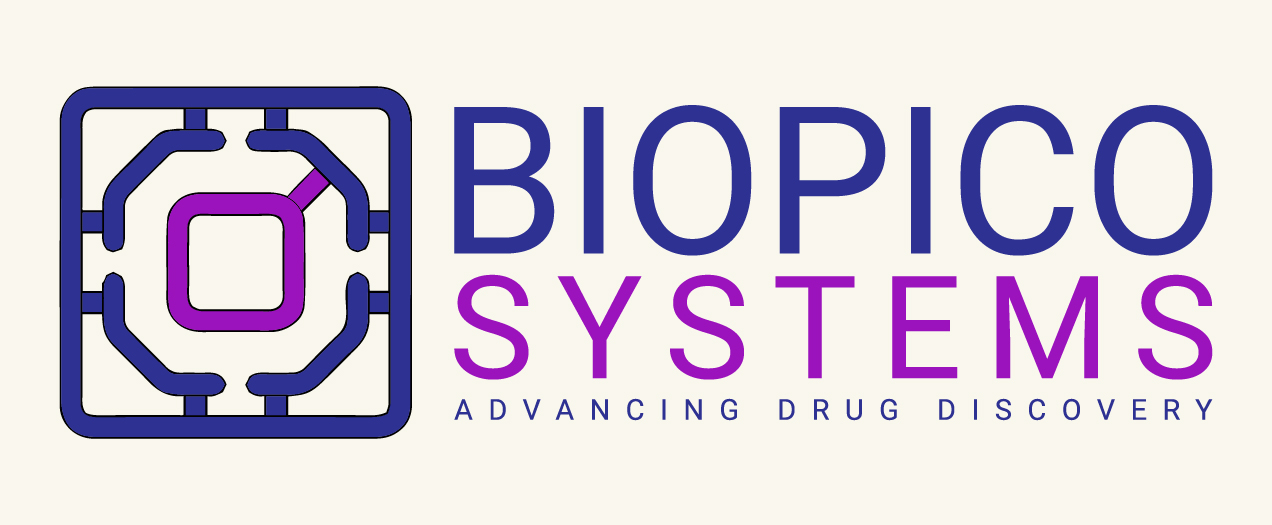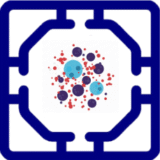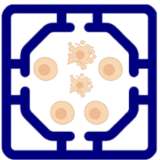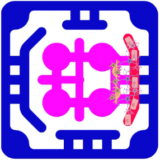Multiorgan-on-a-chip systems are increasingly used as human-relevant platforms for evaluating toxicity because they allow multiple tissues to be cultured together under continuous fluidic circulation. This setup enables researchers to mimic drug absorption, metabolism, distribution, and clearance and captures the cross-talk between multiple organ compartments that often determines whether a drug is safe or harmful in patients.
In most toxicity studies, the liver module plays a central role, since hepatocytes generate both active and toxic metabolites that enter circulation and affect other tissues. These metabolites can then be tracked in downstream compartments such as the kidney, where proximal tubule cells show filtration and reabsorption impairments. In parallel, models of the blood–brain barrier or neuronal cultures allow detection of neurotoxicity, while gut modules provide data on barrier permeability and gastrointestinal side effects. By linking these compartments, how toxicity propagates across organs can be studied.
Readouts in liver models include secretion of albumin and urea or leakage of ALT/AST serve as markers of function and injury. Renal injury is monitored through markers such as KIM-1 and creatinine clearance, while gut and endothelial barriers are evaluated using impedance and transepithelial electrical resistance (TEER). At the systemic level, cytokine panels reveal inflammatory or immunotoxic effects, and mass spectrometry is used to monitor drug metabolism and metabolite formation. Importantly, circulating immune cells can be included to capture immune-mediated toxicities which are not detectable in animal or isolated cell models.
Hepatotoxins such as acetaminophen, nephrotoxins including cisplatin, and biologics such as checkpoint inhibitors that trigger immune-related adverse events can be studied. This ability to capture cross-organ effects, immune involvement, and drug–drug interactions makes multiorgan-on-a-chip systems a powerful complement to traditional preclinical testing, aligning with regulatory interest in New Approach Methodologies (NAMs) that can reduce reliance on animal models while improving predictive accuracy.









